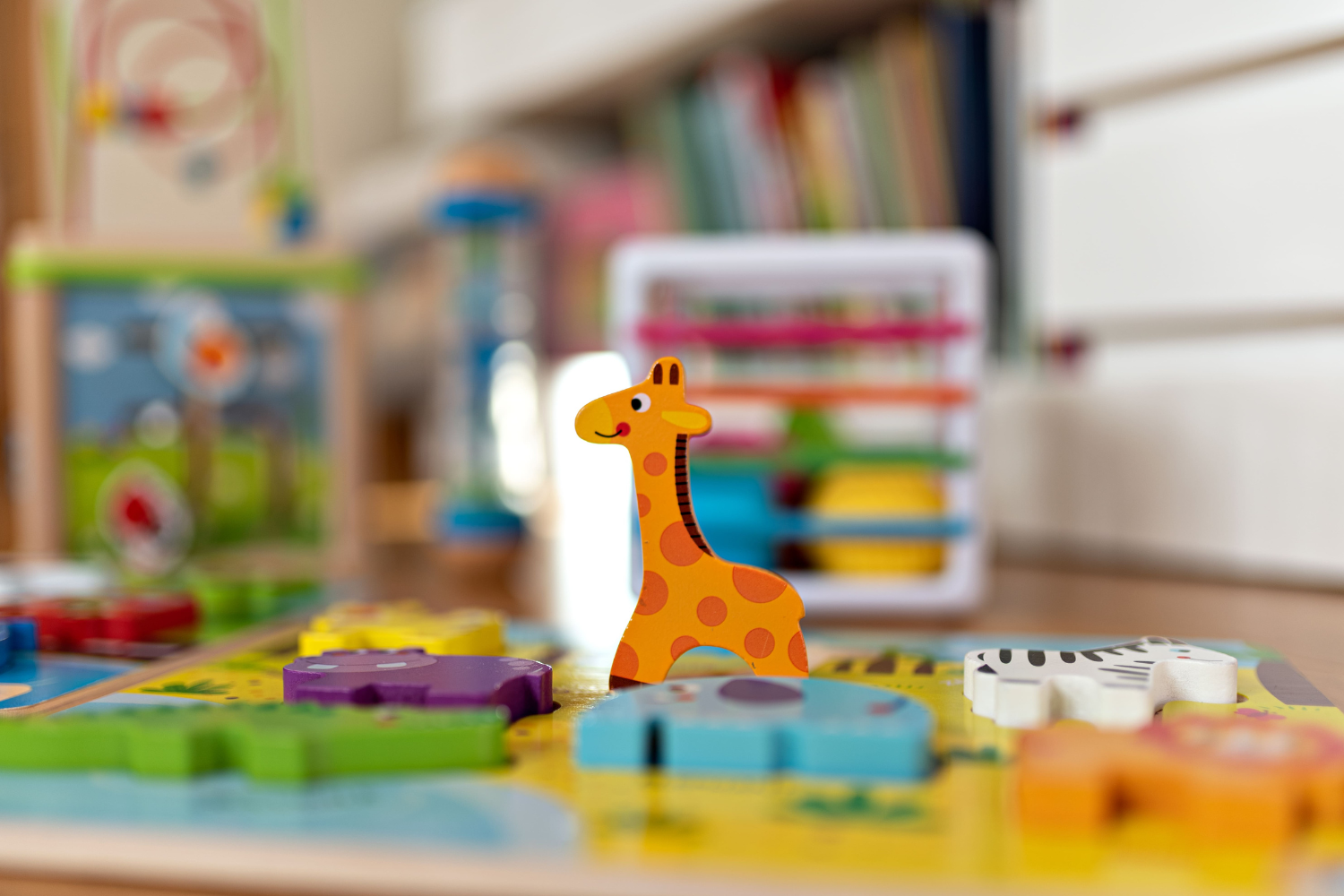What is Universal Pre-K?
Universal pre-K is a state policy framework to provide every child with a quality, publicly funded preschool education. The National Institute for Early Education Research (NIEER) reports that many states still do not have a universal pre-K policy, and some do not have any state-funded preschool at all, but those numbers are quickly changing as the universal pre-K movement catches on across the nation.
What makes a Universal Pre-K Program universal?
Many states have limited state-sponsored pre-K programs, but the programs must offer eligibility to every four-year-old in the state to be “universal.” NIEER also does not consider a program universal unless its enrollment reaches 70% of all four-year-olds in the state.
At the time of the most recent State of Preschool report in 2022, only 11 states had implemented universal pre-K policies, and only 32% of four-year-olds and 6% of three-year-olds participated in a state-funded pre-K program at all.
Since then, California, Colorado, and several other states passed universal pre-K policies and now offer preschool to every child or have released plans to do so within the next few years.

Why publicly funded?
According to Monica Potts, a senior politics reporter at FiveThirtyEight, early childhood education is something that many states, regardless of politics, have been championing over the last few years. She writes, “Both parties seem to agree that spending money to educate young children is a worthwhile mission, and there’s plenty of evidence that it is.”
Funding Pre-K through the state allows millions of families access to care and education for their children, which would otherwise be an out-of-reach expense. The U.S. Department of Health and Human Services defines affordable child care as no more than 10% of a family’s income; however, the Care Index reports that childcare costs account for as high as 19% of a family’s income in some states. Universal pre-K can save families thousands of dollars every year and give more children of low-income families access to early education.
Preschool programs are also not subject to the same limitations as the traditional public school system, so some states can fund private or faith-based pre-K programs. This gives states more flexibility to fund existing childcare programs rather than create their own.

Benefits of Universal Pre-K
Boosts Learning
Learning begins long before the age of five when children in the U.S. begin Kindergarten. Brain science shows that early childhood is a crucial period for developing long-term neural learning pathways, and quality, consistent pre-K learning has enormous cognitive, social, and emotional benefits. School programs before Kindergarten can ready children for academic success.
Easier Transition to Kindergarten
Pre-K programs also vastly improve school readiness and make the transition to Kindergarten easier. Preschool prepares children for the structured learning programs, social interactions, and schedules of traditional K-12 schooling.
Making Education More Equitable
Universal pre-K can give families their economic footing. Low-income families and single parents lose earning power when unaffordable childcare programs keep them from working or demand an unsustainable amount of their income. Racial minorities are especially impacted by inequitable access to early education.
“The disparity in access to high-quality early education exacerbates racial inequities in children’s development. Not only does this limit the child’s ability to achieve, it also limits parents’ ability to maximize their incomes by working, which further impacts a child’s opportunity,” according to The Alliance for Early Success.
In the long term, better access to education means increased economic opportunities for families and a more equitable society. The benefits of universal quality education reach everyone.

Concerns of Universal Pre-K Programs
Burden on the Childcare Market
According to a May 2021 EdSurge research series about early childhood education, some care providers are concerned with universal pre-K’s potential effects on existing childcare programs. These programs are already rarely profitable, and removing the three- and four-year-olds reduces the revenue that keeps many programs afloat. Losing the older children would also leave caregivers with mostly infants and toddlers — whose higher care expenses would translate to higher childcare costs for parents.
Sue Renner, a Colorado Early Childhood Education Leadership Commission member, believes that embedding preschool programs into childcare centers could be a potential solution.
“Family, faith, and home-based providers should all be able to provide pre-K in their community, supported by federal funding,” Renner said In a recent EdWeek article.
Ensuring High-Quality Programs
NIEER lists 10 quality benchmarks to guide the state’s universal pre-K programs and ensure they are up to standards.
The criteria are:
- Comprehensive early learning standards
- Bachelor’s degrees for all lead teachers
- Specialized training in pre-K for teachers
- Child Development Associate Credentials or equivalent for all assistant teachers
- 15 annual hours of professional development
- Maximum class size of 20 students
- Maximum teacher-child ratio of 1:10
- Vision, hearing, and health screenings for children, and at least one support service
- At least one meal per day
- Regular site monitoring and visits

Pressure on Teachers
Some raise concerns about teacher burnout. Historically, pre-K teachers in state programs are observed, assessed, and monitored much more than teachers in the traditional school system but receive less pay.
According to the Center for American Progress, the United States spends just 0.4% of its GDP on preschool education, whereas Denmark and Spain spend 0.9%. If the United States spent the same GDP percentage on preschool education as Germany, it would need to invest an additional $30 billion per year. Underfunded universal pre-K programs mean higher demands on teachers and lower-quality education.
Universal pre-K programs need thoughtful legislation that considers proper funding, standards of quality, and impacts on the greater childcare market. The benefits of preschool for all children are vast and lasting, and these programs can help close our country’s learning, equity, and economic gaps.
References
Barnett, W. S., & Gomez, R. Universal Pre-K. National Institute for Early Education Research. (2016, January 6).
Brooks, A. Exploring the Potential Pros and Cons of Universal Pre-K. Rasmussen University. (2020, September 7).
Friedman-Krauss, A. H., Barnett, W. S., Hodges, K. S., Garver, K. A., Weisenfeld, G. G., Gardiner, B. A., & Jost, T. M. State of Preschool 2022 yearbook. National Institute for Early Education Research. (2023).
Guevara, H. National Report on Preschool Policies Finds Uneven Progress Across States. First Five Years Fund. (2023, May 23).
Herman, J., Post, S., & O’Halloran, S. The United States is Far Behind Other Countries on Pre-K. Center for American Progress. (2013, May 2).
Hess, R. The Problems With Biden’s Universal Pre-K Proposal. Education Week. (2021, October 4).
Policy Recommendations: Universal Pre-K. New America. (n.d.).
Potts, M. Why More States Don’t Have Universal Pre-K. FiveThirtyEight. (2023, February 3).
Stanford, L. Which States Offer Universal Pre-K? It’s More Complicated Than You Might Think. Education Week. (2023, January 25).
Sullivan, E. T. T. The Unintended Consequences of Universal Preschool. EdSurge. (2021, May 10).
What is Universal Pre-K? Alliance for Early Success. (n.d.).
